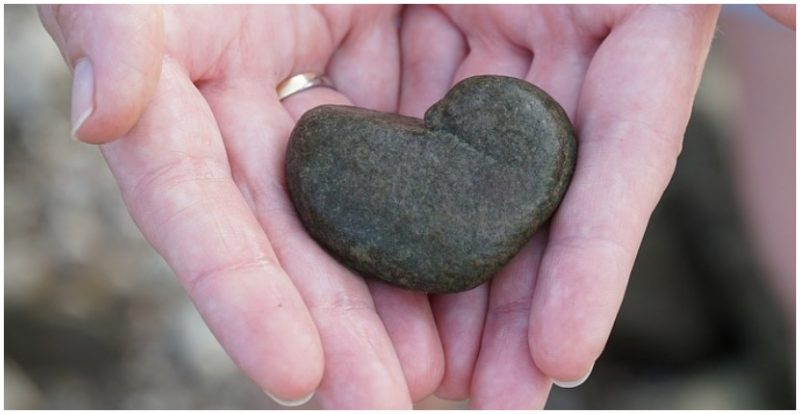Just about everyone has seen and even used the heart shape that appears on greeting cards, emojis, pillows, paintings, and personal letters. It speaks of love and romance.
What we all know is that the symbol looks nothing like a real heart, so how did the symbol become so popular? According to Priceonomics, the emblem is quite ancient — it was depicted in Grecian, Mycenaean, Roman, Cretian, and Corinthian pottery but was not used to represent love.
There is no real definitive answer, but many theories have been proposed. Some believe it was fashioned after the outline of either breasts or buttocks while others associate it with the shape of ivy leaves, which have the trait of fidelity assigned to them because of their evergreen nature. They were also representative of Dionysus, the god of wine and fertility.
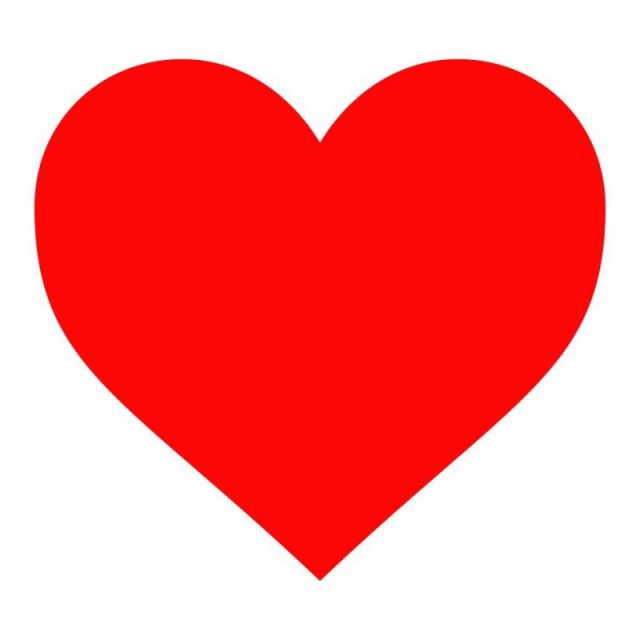
For the ancient Greeks, around the 4th century AD, an ivy vine was used to designate a brothel in the city of Ephesus. Another theory surrounds the plant Silphium, possibly a relative of fennel, which was brought to the Mediterranean area from the ancient North African city of Cyrene, near today’s Shahhat, Libya.
Silphium sap was used in ancient times as a seasoning, perfume, and birth control. The Greeks claimed it was a gift from the god Apollo, and it was so valuable the plant was depicted on the coins from Cyrene.
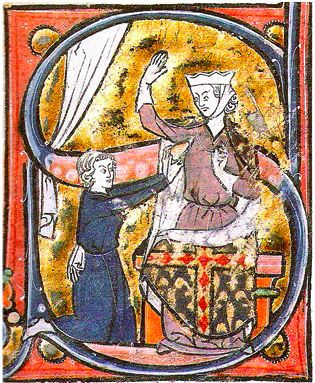
Some depict a seed pod, or fruit, in the characteristic shape of our modern heart symbol. In fact, the plant was used for so many different purposes, it may have been driven to extinction.
Roman Emperor Julius Caesar attempted to cultivate the herb but had no luck. According to Pliny the Elder, a Roman lawyer, author, and naturalist in the first century, the last plant was given to the Roman Emperor Nero. It’s impossible, however, to say for sure that the plant is extinct when it has not been correctly identified.
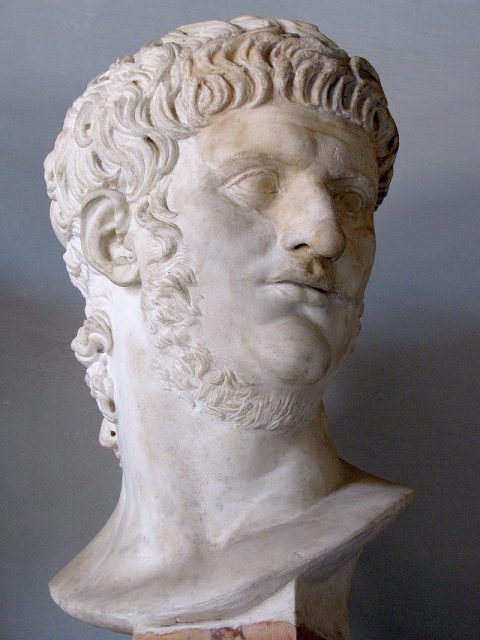
The ancients were aware of the true shape of the human heart through conducting research on corpses. It is often said that when the Catholic Church came into power, autopsies became unlawful, and any learned references to anatomy were buried by the Church.
Related Video: Why do Barber Shops Feature a Red, White and Blue Pole?
https://youtu.be/i-UqZ9xfg4s
Martin Clayton, head of prints and drawings at the Royal Collection in Windsor Castle says that is not true. According to Clayton, as reported by The Telegraph, as long as dissections were handled with respect and the body parts were buried in one grave, the Church fully supported that study.
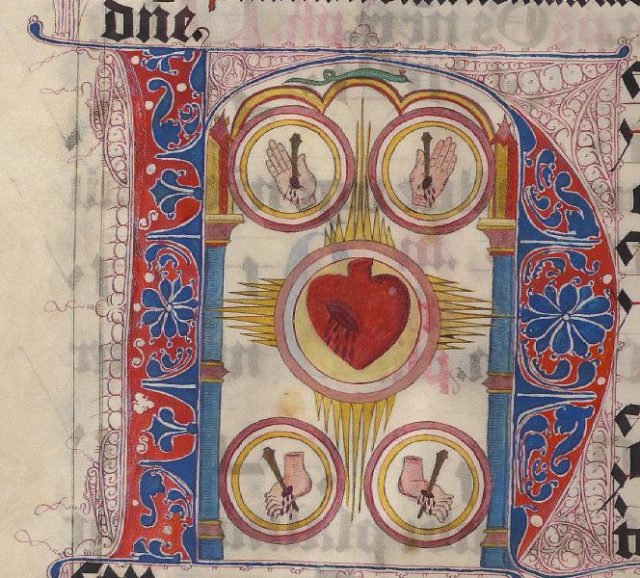
Time explains that in the Middle Ages, the heart symbol more resembled a pine cone than the valentine shape we recognize today. Furthermore, it wasn’t until the 13th or 14th century that the valentine heart shape was popularly associated with love.
It was simply a decoration before that. Also, around 1255, a French love poem, Le Roman De La Poire by Thibaut, was accompanied by a drawing of a lover passing a gift to his beloved.
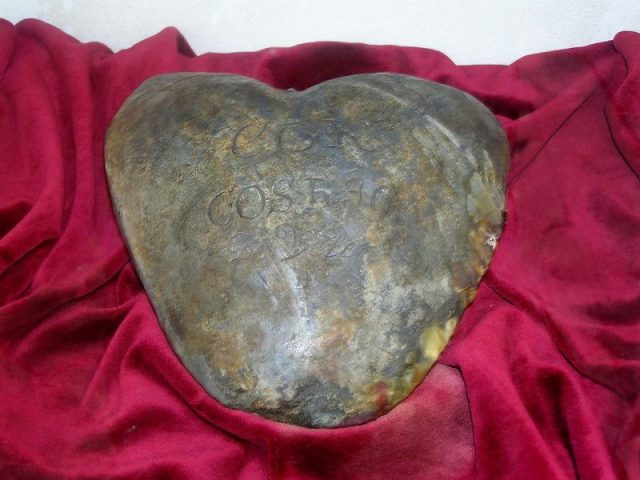
According to The Lancet, this is the first depiction of the human heart in literature. The illustration shows the man offering his heart to a woman; it has a conical form and looks more like a scone than a heart, however it is based on the common depiction of the human heart in anatomical texts of the era. Le Roman De La Poire may be the origin of the idea that one can “give” one’s heart.
In a 14th century fresco at the Scrovegni Chapel in Padua, Italy, the Florentine artist Giotto di Bondone shows a conical human heart being presented to Jesus Christ. In the late 15th century, playing cards were introduced by the French with the modern heart symbol and spread throughout the world.

CatholicIreland.net says that the heart symbol came into being when Saint Margaret Mary Alacoque (1647-1690) saw it in a vision as the Sacred Heart of Jesus, surrounded by thorns. That isn’t a likely theory as the vision occurred centuries after the symbol was first used, and even after it was used on playing cards. Still, the event may have something to do with how that particular shape came into popularity as a representation of love.
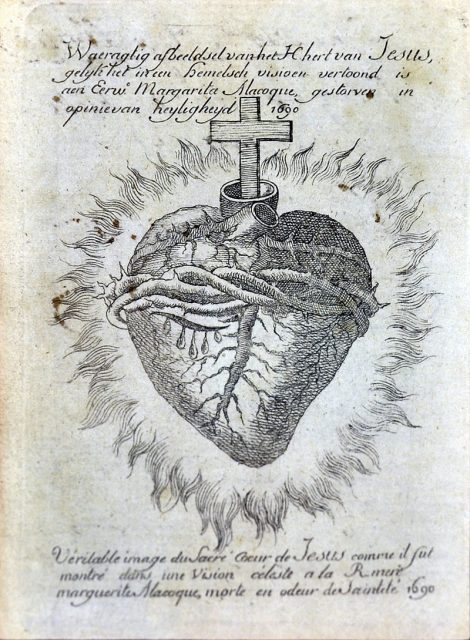
In 2000, Dutch neurosurgeon Pierre Vinken authored a book titled The Shape of the Heart which was reviewed by cardiologist, Dr. M.J.M. Cramer in 2001 for the Netherlands Heart Journal. Dr. Cramer says that Aristotle described the shape of the heart in the History of Animals as three cavities with the largest on the right-hand side, a medium sized one in the middle and the smallest on the left.
Later illustrators attempted to correct Aristotle’s mistake by placing the two largest chambers on the outside with the smallest in the middle, leading to the modern heart symbol.
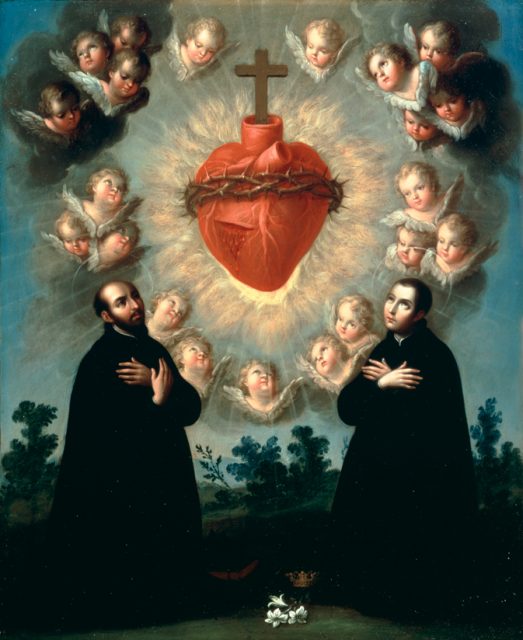
Art historian, Martin Kemp, author of Christ to Coke: How Image Becomes Icon claims, “Some types of images are specific — like [Mona] Lisa and Che [Guevara]— while some are generic, such as the heart shape.”
Read another story from us: The Myths and Legends Surrounding the Real St. Valentine’s Day
“The generic ones tend to seep gradually into the general consciousness. The heart shape appeared on playing cards and became the religious symbol of the sacred heart, before becoming the ubiquitous symbol of love.”
